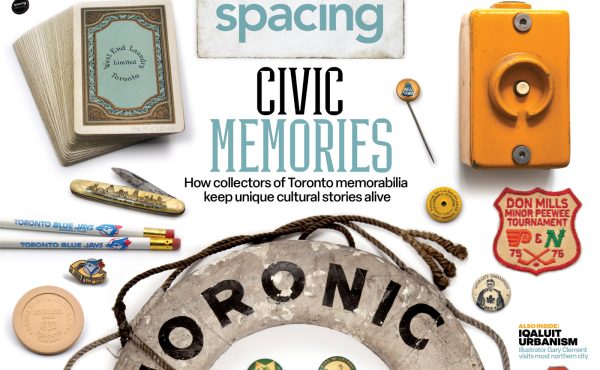
Since I’ve been in the Philippines, I’ve noticed more than a few things that are wildly different from any urban environment I’ve been in before, but the one that sticks out the most is the presence of “informal settlers” who occupy all areas of the landscape.
Because the level of poverty in the Philippines is quite high, many people are unable to purchase or rent property, so they build their own shelters. Makeshift structures created from natural and recycled materials line streets both in cities and in the countryside, and many are in what seem to be impossible places: some float above rivers on stilts, while others hang precariously over the edge of a cliff. These homes are so ubiquitous that I didn’t realize there was anything “informal” about them during my first few weeks in the country.

Once I did learn that they were essentially illegal structures, though, I became curious about how they are perceived and dealt with from an urban planning perspective. Because of their sheer numbers, it is impossible for the settlers in the Philippines to be evicted as the residents of Tent City were in Toronto several years ago. If the land the settlers are on is privately owned, the legal owner of the land sometimes has to pay the settlers to clear off the land, something I find unimaginable in a North American context.
This difference in dealing with informal settlers is not only because of their numbers, but also, I think, because of the collective-minded nature of Filipino society. Rather than prioritize individual needs as we do in North America, the culture here places collective needs at its forefront, so that rather than enforcing the needs of private landowners by evicting informal settlers, authorities allow them to remain until it is absolutely necessary to ask them to leave.

There is also something ingenious about the way many of these homes are built. Given how few resources the builders have, I find it impressive that they can construct relatively sturdy homes in near-impossible places, sometimes even connecting them to the power grid.
I think the presence of informal settlers signifies both the best and the worst elements of urban life here: their very existence is a constant reminder of the crippling poverty that afflicts so much of the population, but the creativity that goes into selecting building materials and locations is a tribute to the ingenuity and durability of the people in the face of incredible hardships.


7 comments
Do you have a story about the man in your photograph?
Yes, Georgia: a short one.
A few months ago a strong typhoon struck the region I’m living in, killing a number of people and destroying many homes (including those of informal settlers).
The man here is re-building a home (you can see it in the background of the picture) with bamboo. I asked him if I could take his picture and he said yes. Just out of the frame is his son, who was watching and learning how to do it.
Unfortunately I can’t remember the name of the city off the top of my head, but it was in one of the smaller satellite cities around Iloilo.
Hi Ian, I lived and and finished my college in Iloilo during the 70’s. I am now living in San Francisco. What you called informal settlers in Philippine cities, we called them ” SQUATTERS”. because they squat on someone else properties, whether government or private owned. They are mostly poor and uneducated people living in rural areas who settled in the cities. Our political leaders can’t do anything because they need the votes of these squatters during election time. what a shame.
Ian: Thank you so much for the dispatches from the field. Insightful observations on the “commons” in a different cultural context. The spirit of “bayanihan” (community harvest)is very strong in the Philippines — a great asset that perhaps the country has not fully capitalized on (yet!). Enjoy the rest of your stay. Andrew
Informal settlers are the most privileged people in the Philippines. In building their houses, they don’t pay zoning fees, building permits, occupancy permits, fire department fees, etc etc. And they don’t get sued for their omissions. The poor land owner, when he or she already needs his or her land, will have to shell out a big amount as “disturbance compensation” for these squatters.
Why are they privileged? Because they are a rich source of votes during elections. A squatters colony is a voting block, that’s why politicians are afraid to go after them.
ian hi. reji here. the name of the municipality is San Miguel. yes, it’s a part of the satellite “cities” of Iloilo. the communities from the other side of the river had to be relocated to much higher ground for fear that the dam will overflow again so they were temporarily allowed to “squat” to the safer area (until god knows when).
and nereo is very riggghhtt. many politicians love them, especially during the elections.
what a shame really..some “squatters” are actually professional squatters since they oftentimes sell their rights (for relocations) to other people then transfer to other slums to enjoy the same privileges again..such an insult to people in authority, i wonder how and when would these problems be solved.